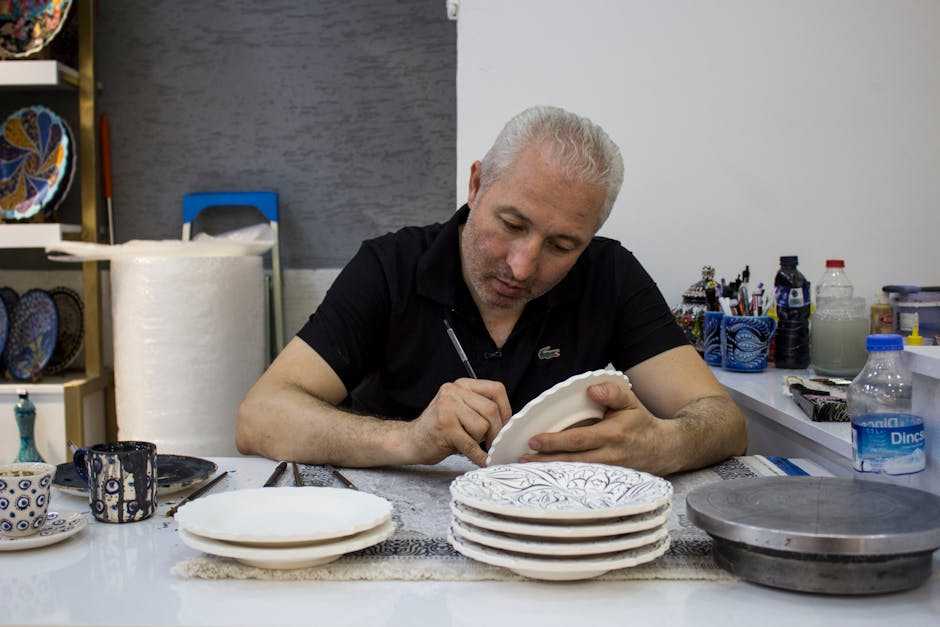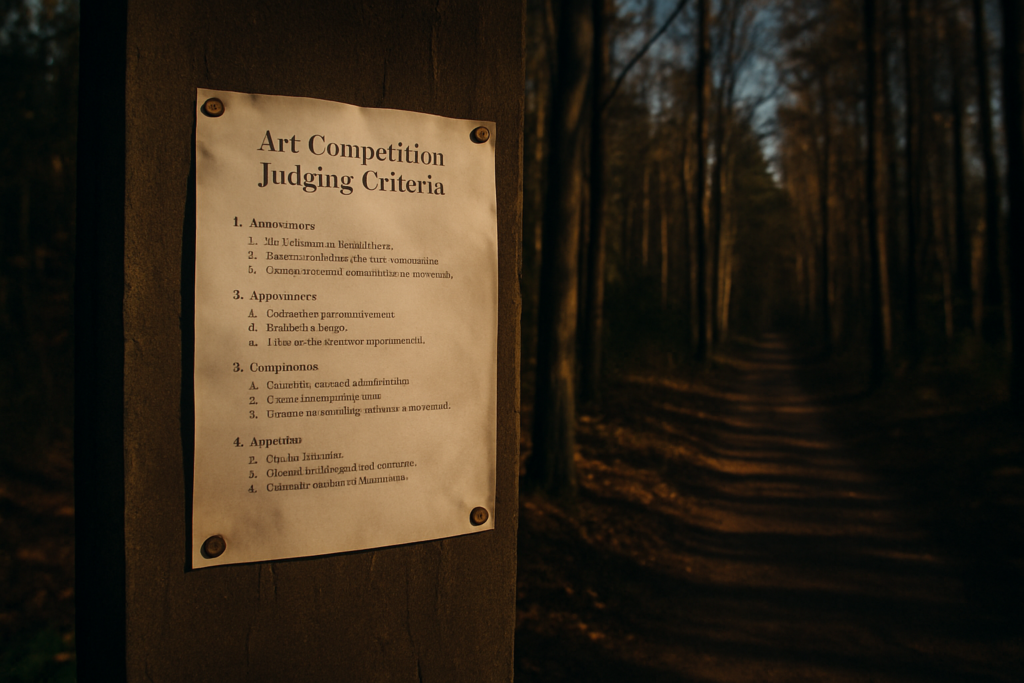What Really Goes On Behind the Curtain
Juries aren’t some faceless group of experts with identical opinions. They’re usually a mix curators, gallerists, educators, working artists, and sometimes even past winners. Some bring academic backgrounds, others run independent spaces or represent mainstream institutions. The thing they all share? A defined point of view. That perspective heavily informs who gets pushed forward.
Judging formats vary. Blind reviews are common early on no names, just the work meant to minimize bias. Tiered systems often follow, slicing the field down in stages. Some panels debate live. Others score individually and compare later. There’s rarely a totally objective process; it’s more like organized subjectivity with rules.
That’s where taste creeps in. A juror might prefer conceptual work over realism. A museum curator might look for pieces that align with institutional values, like DEI or environmental themes. The balance between personal preference and selection strategy is a tightrope. Artists need to realize it’s not just about being “good.” It’s about being good and relevant to the people in the room and the goals they’re moving toward.
The Criteria That Actually Count
Judging art isn’t about picking favorites it’s about weighing a mix of elements that, together, give a piece power. First up: concept vs. execution. A bold, original idea can grab a jury’s attention, but if it’s poorly executed, it won’t go far. On the flip side, a technically flawless piece without a clear voice or fresh angle also risks fading into the background. Strong entries find that middle ground an idea that sticks, brought to life with skill and clarity.
Technical ability still matters. Composition, control, and craftsmanship give jurors a reason to look closer. But that’s not enough on its own. Emotional impact pulls weight too. Does the work make someone feel something? Slow them down? Make them ask a question or catch their breath? That resonance sticks with a panel.
Finally, alignment with the competition’s theme or mission is often overlooked and it’s where points are won or lost. A standout entry that misses the prompt might impress but still fall short. The best submissions are both timeless and tailored uniquely the artist’s, but clearly connected to what the judges were asked to evaluate.
Misconceptions Artists Often Have

A common myth among artists: “If my work is strong, it will speak for itself.” That would be nice if art competitions existed in a perfect vacuum. Reality says otherwise. Jurors can’t always pick up on intention or context from art alone. Presentation, framing, and labeling matter. So does making sure your work aligns with the competition’s theme or mission. Strength is great, but relevance and clarity push it across the finish line.
Another trap? Thinking every juror shares the same checklist. They don’t. Personal taste, institutional agenda, and even mood can color a decision. What one juror sees as bold, another sees as off putting. Trying to create for a perfectly objective panel is a losing game. Instead, smart artists do their homework. They learn about the jury, know what the organization values, and tailor the submission experience accordingly.
And no your follower count won’t save you. Yes, visibility can open doors elsewhere. But on the table in a jury room, your social metrics often carry little to no weight. What wins is quality, resonance, and clarity not popularity.
The Rise of Transparent Scoring
Art competitions aren’t as mysterious as they used to be. In 2024, organizers are dropping the gatekeeping act and showing more of their hand. Many juried shows now publish scoring rubrics, explain their judging process, and disclose who’s actually reviewing the work. It’s a move toward trust. Artists are tired of black box results, and competitions know they can’t cling to mystery anymore.
Technology is helping this shift. Digital submission platforms let judges annotate works, leave traceable feedback, and provide artists with at least a glimpse of what happened behind the curtain. Scoring is less about gut checks in a room full of paintings and more about structured evaluation done over time, online, and often collaboratively.
Understanding these evolving dynamics isn’t just good for your peace of mind it’s strategic. Artists who pay attention to art competition trends know when and where to submit. They tailor their entries to align with what’s being measured, not just what looks impressive. In today’s landscape, knowing how your work will be viewed matters almost as much as the work itself.
What Sets Winners Apart
Winning isn’t always about making the best work it’s about making the right work for the right moment. That starts with knowing the jury. A panel of gallerists will look for different qualities than one made up of fellow artists or curators from a thematic festival. Some value nuance and experimentation, others lean toward work that’s bold and immediately striking. So you don’t just submit your strongest piece you submit the one that speaks their language.
Next up: presentation. Flat images in uneven lighting won’t cut it. How you photograph, crop, title, and frame your work matters. A well crafted artist statement can tip the scales by giving jurors context without trying too hard. Keep it clean, specific, and connected to why this work exists.
And finally, relevance. Many competitions are shifting toward work that engages with current events, new media, or social advocacy. If your piece ties into larger conversations think sustainability, AI, identity it’s got a better shot. That doesn’t mean chasing trends. It means understanding how your work fits into where the art world is heading. For more on that shift, see the rundown of current art competition trends shaping jury decisions.
Takeaways for Submitting Better Work
Making great art is only half the battle. In competitive exhibitions, how and what you submit plays a key role in your success.
Research Before You Submit
Understanding the preferences and backgrounds of the jury can help tailor your submission more strategically.
Review the jurors’ artistic backgrounds or curatorial history
Look at previous years’ selected works to spot patterns in style, medium, or tone
Consider how your piece aligns with the jury’s likely point of view
Clarify Your Message
Ambiguity may be intriguing, but in a competition setting, clarity often wins.
Make sure your concept comes through clearly in your work
Use your artist statement to reinforce intent and context
Avoid jargon communicate with purpose
Presentation Matters
Your work might be powerful, but poor presentation can weaken its impact.
Frame your piece professionally or ensure digital files are high resolution
Pay attention to cropping, lighting, and formatting
Follow submission guidelines to the letter sloppy entries get overlooked
Work Smart, Not Just Hard
Smart submissions reflect both artistic effort and strategic thinking.
Adapt your portfolio to fit the competition not all strong pieces are right for every call
Highlight work that matches the theme, tone, or mission of the event
Treat the submission process as part of the creative act it reflects your professionalism
In today’s evolving art landscape, great work still counts but great decisions count just as much.


